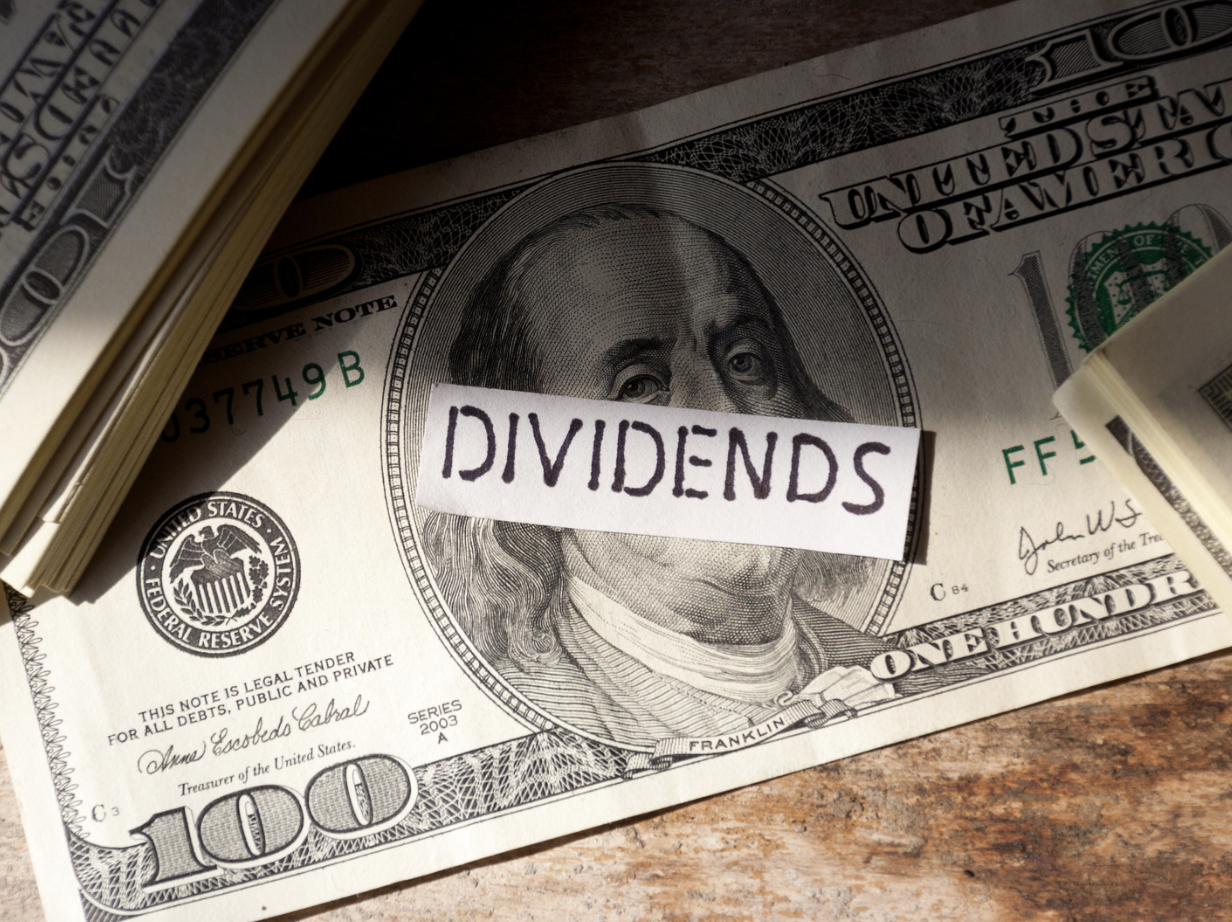Dividend investing offers a pathway to generate truly passive income, as opposed to more active investment strategies like real estate. By investing in companies that pay dividends, investors can earn a steady stream of income, often while seeing their initial investments grow in value. Here’s how dividend investing works and the strategies you can use to maximize your returns.
What is Dividend Investing?
Dividend investing involves purchasing shares in companies that regularly distribute a portion of their profits back to shareholders in the form of dividends. These cash payouts can be reinvested to purchase more shares, thereby compounding returns, or taken as income.
Key Concepts:
- Dividend Yield: The yield is calculated by dividing the annual dividend by the stock price. For example, if a stock priced at $100 pays an annual dividend of $1, the yield is 1%.
- Dividend Growth: Some companies increase their dividend payments over time, which can help investors beat inflation and grow their income streams.
Benefits of Dividend Investing
- Passive Income: Dividend investing is one of the few truly passive income strategies. Once you select your investments, you can earn regular income without ongoing management.
- Compounding Returns: Reinvesting dividends allows your earnings to grow exponentially over time. This strategy can significantly boost your overall portfolio returns.
- Income Stability: Dividend-paying stocks often belong to established companies with stable cash flows, providing a reliable income stream even during market volatility.
Strategies for Dividend Investing
There are two main strategies when it comes to dividend investing: focusing on higher yields or targeting dividend growth.
- Higher Yield Strategy:
- Objective: Maximize current income by investing in stocks or funds with high dividend yields.
- Risk Considerations: High yields can sometimes signal trouble, such as a declining stock price or unstable financials. Stocks yielding over 5% or 6% may present higher risk, potentially leading to dividend cuts.
- Diversification: To mitigate risks, investing in a broad range of dividend stocks through an ETF can be beneficial. Diversification helps cushion against the impact of a single stock’s poor performance.
- Dividend Growth Strategy:
- Objective: Focus on companies that consistently increase their dividends, even if the initial yield is lower.
- Advantages: This strategy often involves investing in financially stable companies with a track record of steady dividend growth. It also helps protect against inflation as dividends increase over time.
- Criteria for Selection: Investors can look at historical performance, such as the S&P Dividend Aristocrats index, which includes companies that have increased dividends for at least 25 consecutive years. These companies generally offer safer, more reliable dividends and may yield around 2.5% on average.
Considerations for Successful Dividend Investing
- Understand the Risks: Not all high-yield stocks are sustainable, and some may cut dividends if they face financial challenges. It’s important to research and understand the companies you invest in.
- Focus on Quality: Target well-established companies with a strong track record of maintaining and growing dividends.
- Stay the Course: Dividend investing requires patience and a long-term perspective. Market fluctuations are less concerning when your focus is on the income generated rather than the stock price.
Dividend investing offers a reliable method for generating passive income and building wealth over time. Whether you’re nearing retirement or looking to grow your investments, focusing on dividend yields or growth strategies can provide a steady income stream with the potential for capital appreciation. By staying focused on income rather than market volatility, investors can achieve peace of mind and financial stability.





